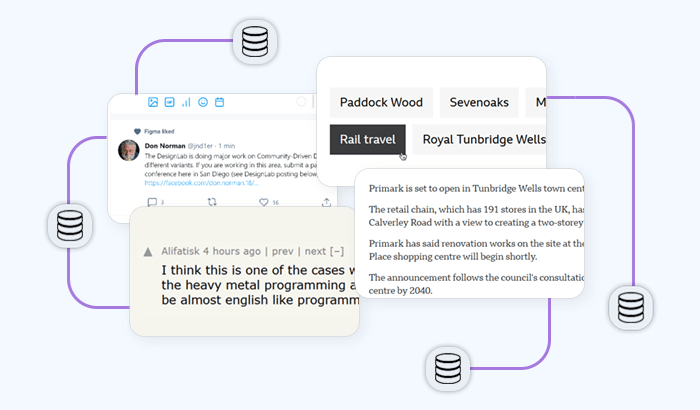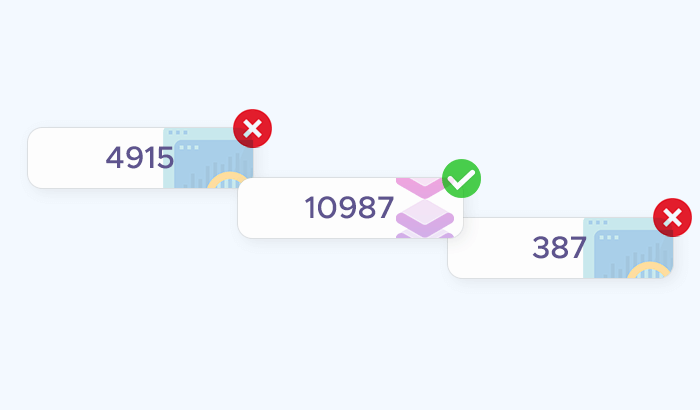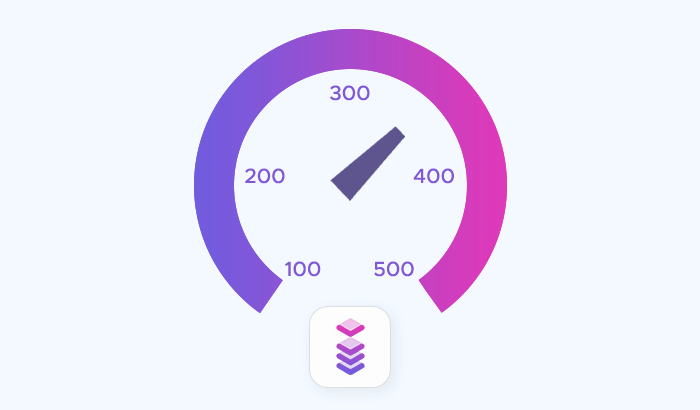

In today’s digital world, speed is everything: A fast and stable connection ensures efficiency, smooth user experiences, and reliable business operations. Proxies play a critical role in this equation – and understanding how proxies affect speed helps individuals and businesses choose the right tools for their needs. Let’s explore the key factors behind proxy speed, common issues, and practical ways to optimize performance!
Why Speed Matters When Using Proxies
For individuals, speed ensures smooth browsing, fast downloads, and uninterrupted access to region-specific content such as streaming platforms or online services. For businesses, the stakes are even higher. High-speed proxies are essential for:
- Web scraping and data collection – Faster connections allow scripts to process larger volumes of data in less time.
- Search engine monitoring – Low latency ensures accurate, up-to-date SERP results without delays.
- Ad verification and brand protection – Quick load times make it possible to check ads and web placements at scale.
- E-commerce automation – Activities like price monitoring, inventory tracking, or purchase automation require fast, stable proxies to work efficiently.
Key Factors That Affect Proxy Speed
| Factor | Description | Impact on Speed |
|---|---|---|
| Server Location | Distance between the proxy server, the user, and the target website. | Closer servers reduce latency; distant servers increase it. |
| Bandwidth & Infrastructure | The provider's network capacity, peering, and server hardware. | High-bandwidth infrastructure supports faster, more stable speeds. |
| Proxy Type | Residential, datacenter, or mobile proxies and how they route traffic. | Datacenter proxies are typically faster; residential/mobile often trades speed for reliability and lower block rates. |
| Concurrency & Limits | The number of simultaneous connections or requests allowed by the provider. | Too many concurrent requests can cause throttling or queueing, slowing performance. |
| ISP & Network Quality | The underlying internet carriers, routing quality, and packet loss characteristics. | Strong, well-routed ISPs deliver faster and more consistent speeds. |
Common Speed Issues With Proxies
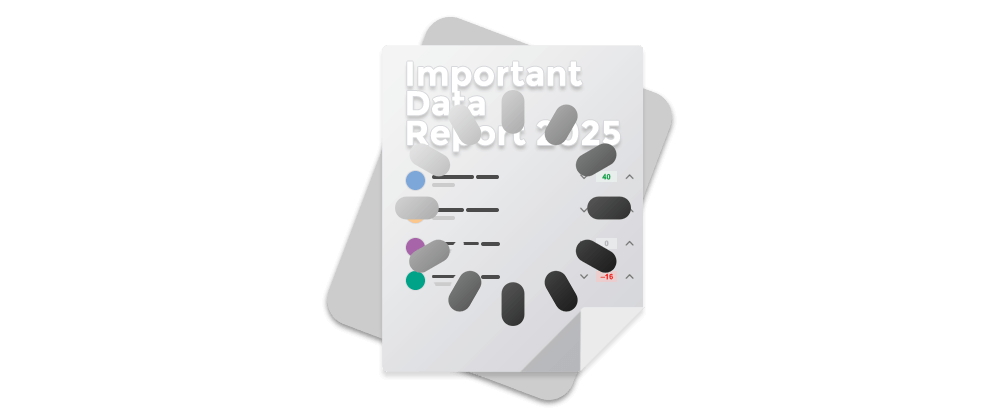
Even with the best setup, proxies can sometimes experience speed-related issues. Recognizing these challenges helps users identify whether the slowdown comes from their own network, the proxy provider, or the target website. Some of the most frequent issues include:
- High latency due to overloaded servers: When too many users share the same server, its resources get stretched thin, leading to slower response times.
- Poor routing: If proxy traffic is routed inefficiently across multiple networks, it can increase delays between requests and responses.
- Limited bandwidth: Low-capacity servers or free/public proxies often have strict bandwidth limits that restrict speed.
- High concurrency loads: Sending too many requests simultaneously can overwhelm both the proxy server and the target website, resulting in timeouts or throttling.
- Unreliable providers: Some providers operate unstable networks or rely on inconsistent ISP connections, causing frequent slowdowns.
Infatica’s Gateway Acceleration
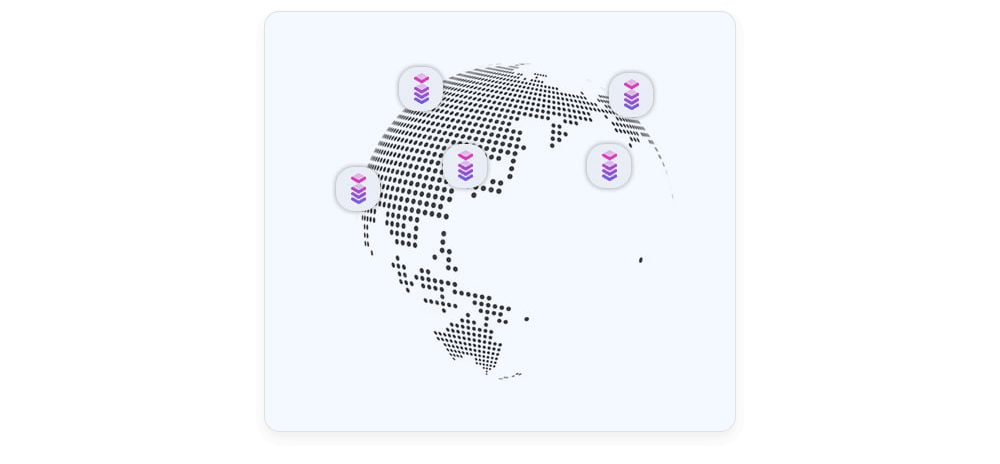
To address these challenges, Infatica has developed a global gateway clustering system designed to minimize latency and improve proxy speeds. Here’s how it works:
Single entry point: Users connect through one unified gateway: pool.infatica.io. Behind the scenes, the system automatically assigns them to the nearest available node based on their geographic location.
Global node coverage: Currently, nodes are active across Asia, Europe, and the US, ensuring fast response times in major regions. For customers with specific needs, Infatica can also deploy nodes in additional countries upon request.
Dynamic traffic monitoring: The system constantly monitors traffic loads. If usage increases in a particular region, new nodes are deployed there proactively to keep speeds consistent and reduce time to first byte (TTFB).
Transparent routing: Customers don’t need to change configurations. For example, a request from the US might resolve to 1.1.1.1, while a request from Europe resolves to 2.2.2.2 – all automatically handled through the gateway.
This approach ensures users benefit from an acceleration effect, with lower latency and faster connections, without the complexity of managing multiple entry points or server configurations.
How to Improve Proxy Performance
While proxy speed depends heavily on the provider’s infrastructure, there are several steps users can take to optimize performance. By combining the right setup with smart usage practices, it’s possible to maximize speed and stability.
Choose the Right Proxy Type
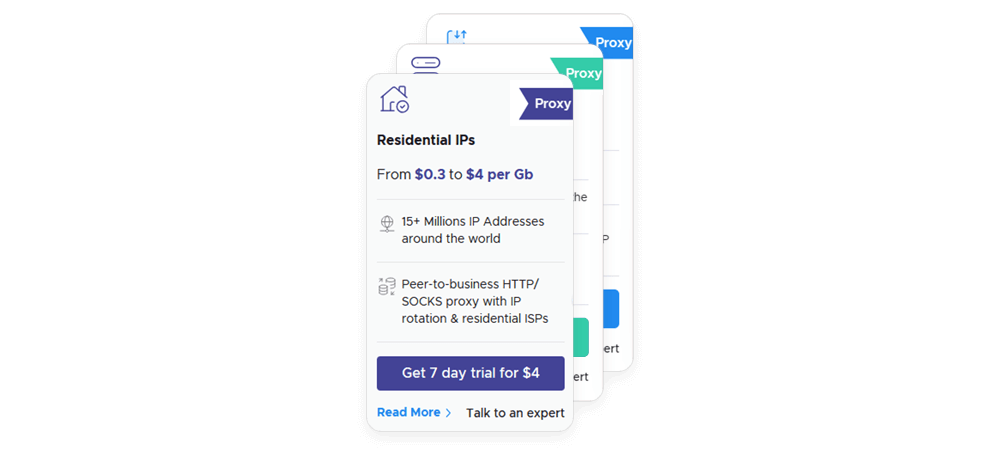
Different proxy types offer different speed profiles. Datacenter proxies are usually the fastest, while residential and mobile proxies trade some speed for reliability and lower block rates. Matching the proxy type to your task ensures better performance.
Select Providers With Global Coverage
Latency is reduced when proxy servers are physically closer to the target website. Providers with nodes in multiple regions – such as Asia, Europe, and the US – can route traffic more efficiently and deliver faster response times.
Test and Monitor Regularly
Proxy speeds can fluctuate depending on server load, time of day, and target site behavior. Running regular speed and latency tests helps identify bottlenecks and ensures your setup remains optimized.
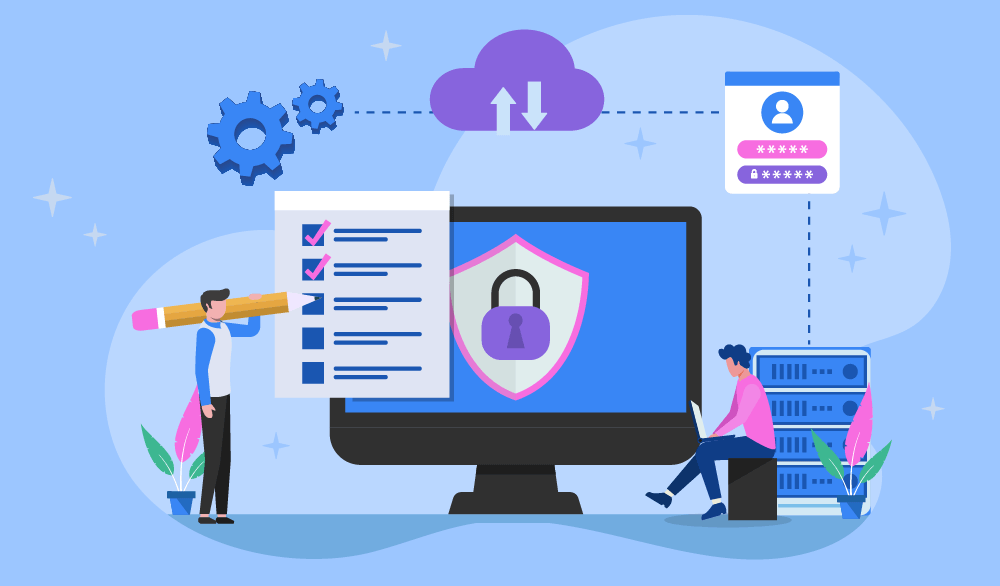
Optimize Concurrency Settings
Sending too many requests at once may overwhelm your proxies or trigger rate limits on the target site. Adjusting concurrency, retries, and rotation frequency helps balance speed with reliability.
Work With Providers That Scale Dynamically
Some proxy providers actively monitor traffic trends and scale up infrastructure in high-demand regions. This reduces time to first byte (TTFB) and keeps connections fast even during heavy usage.
Balancing Speed With Other Factors
Speed is a vital metric when evaluating proxies, but it isn’t the only one that matters. In practice, businesses and individuals must weigh speed against reliability, anonymity, and security to find the right balance for their use case.
Speed vs. Anonymity
Datacenter proxies are typically the fastest, but they are also easier for websites to detect and block. Residential and mobile proxies, while slightly slower, provide a higher level of anonymity, making them better for long-term scraping or ad verification.
Speed vs. Reliability
Ultra-fast connections don’t help if they drop frequently. For tasks like price monitoring or search engine result tracking, consistent uptime and stable routing may be more valuable than raw speed.
Speed vs. Cost
Some of the fastest proxy types (such as premium datacenter setups or custom node deployments) come at a higher price. Businesses must determine whether shaving off a few milliseconds justifies the added expense, or if a balanced approach provides better ROI.
Business Use-Case Perspective
- Data-intensive scraping may require the fastest possible proxies to process large volumes efficiently.
- Market research and ad verification may prioritize anonymity and accuracy over speed.
- Global automation tasks benefit from providers that balance all three – speed, stability, and coverage.
Ultimately, the “fastest” proxy isn’t always the “best.” The optimal solution is the one that delivers a balance of speed, consistency, and trustworthiness suited to the user’s specific goals.











